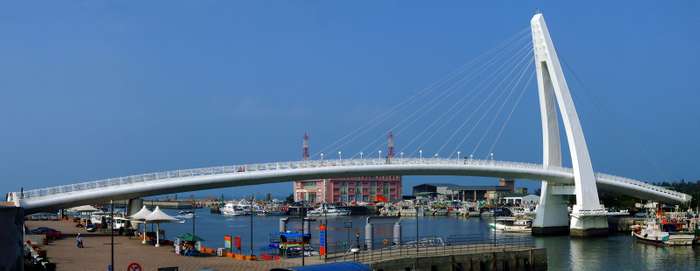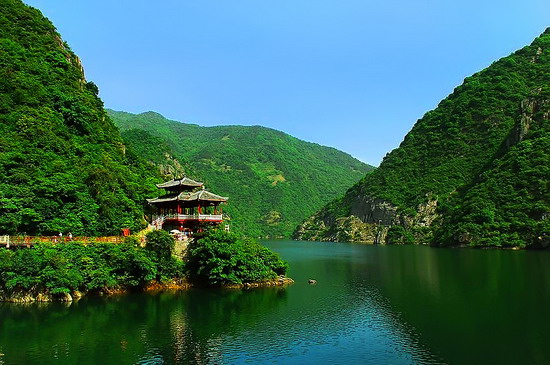Read more about
Taipei Taiwan.Taiwan
Taiwan
Taiwan is a small island with an area of ??a total of 35,980 square kilometers, (the population of Taiwan was 23.4 million in 2017). This number is expected to rise to 23.6 million by the year 2030 and then fall again. 60% of Taiwan is covered by mountains, and therefore the vast majority of the population lives on 1/3 of the island's area. In 2012, 73.72% of Taiwan's population lived in metropolitan areas (Taipei, Kaohsiung, Taichung, Tainan and Keelung). Taiwan's demographics have played an important role in the island's social structure. The demographic characteristics have been of great importance for the development of industry and agriculture, the internationalization of industry (the desire to export to other countries in the region) and the traditional family pattern.

It is still common for the family to consist of several generations under one roof, but the nuclear family with one child is an increasing trend. In addition, there is a growing trend for Taiwanese to wait until later to have children. In 2012, the average Taiwanese woman was 30.2 years old when she had her first child. In several cases, it is chosen not to have any children at all. One of the biggest problems facing Taiwan's population right now is the continuing decline in birth rates, which in 2016 was measured at 1.12. The result will be that the older population group (60+ years) in Taiwan will grow significantly and that by 2030 the population will be the 7th oldest population group in the world.
Education system

These changes in the population pyramid will in future place great pressure on the social structure of the island. Because of this problem, the government of Taiwan in April 2012 implemented a new 12-year education system and renewed the teaching method to improve the island's education system. In addition, the government has introduced a new form of public health insurance (National Health Insurance), which makes the health system more accessible to all Taiwanese, which has improved safety and living standards among the island's population in general.
Education is an important component of government policymaking and accounts for a large portion of the budget. With an increasing emphasis on attaining tertiary education, those with a technical college or university degree account for 46 percent of Taiwan’s population aged 15 and above, a 10 percentage point increase over the past decade.
Religions

The most widespread religions on the island are Buddhism and Taoism which 93% (figures from the year 2013) of the island's population worship. Christianity accounted for 4.5% in 2013 and Islam and other religions accounted for the last 2.5%. The official language is standard Chinese (Mandarin), which is spoken throughout Taiwan. But also native languages ??like Minianyu and Hakka dialect are very prevalent especially outside Taipei. In addition, English is the most widespread foreign language due in part to the United States' significant influence on Taiwan since 1949. Other languages ??such as German and French have also become more popular for Taiwanese to learn due to increasing imports of European products and growing interest in Western cultures. .
The population

The population consists mainly of Chinese who through the ages have immigrated from the mainland - of which about 20% originate from immigration after 1949. In 2012, the original population group of Polynesian descent made up only 2% of the population. In addition, 2.5% of the population are people from other countries such as Malaysia, Singapore, Thailand, Japan, the Philippines and South Korea.
Housing is of generally good quality in Taiwan, and a high proportion of the population resides in homes or apartments they own. Homelessness is not a problem. However, many citizens have not been able to easily afford an apartment or a house near their employment, prices having increased exponentially with Taiwan’s economic growth.
See ratings  af Taiwan , Do you have rice or praise for this Bed and Breakfast, Write your review
af Taiwan , Do you have rice or praise for this Bed and Breakfast, Write your review 